Die Casting Mold Pedia
- 2021-10-12
Die-casting mold is a tool for casting metal parts, a tool for completing the die-casting process on a dedicated die-casting die forging machine. The basic process of die-casting is: first low-speed or high-speed casting of molten metal into the cavity of the mold. The mold has a movable cavity surface. It is pressurized forged with the cooling process of the molten metal, which eliminates the shrinkage of the blank. Loose defects also make the internal structure of the blank reach broken grains in the forged state. The comprehensive mechanical properties of the blank have been significantly improved.
Die-casting materials, die-casting machines, and molds are the three major elements of die-casting production, and none of them are indispensable. The so-called die-casting process is the organic and comprehensive application of these three elements to enable stable, rhythmic and efficient production of qualified castings with good appearance, internal quality, and dimensions that meet the requirements of the drawing or agreement, or even high-quality castings.
The alloys used in die castings are mainly non-ferrous alloys. As for ferrous metals (steel, iron, etc.) due to mold materials and other issues, they are rarely used. Aluminum alloys are widely used in non-ferrous alloy die castings, followed by zinc alloys. The following briefly introduces the situation of die-casting non-ferrous metals.
1. Analyze the process of the product according to the types of materials used in the product, the shape and accuracy of the product and other indicators, and set the process.
2. Determine the position of the product in the mold cavity, analyze and design the parting surface, overflow system and pouring system.
3. Design the core assembly and fixing methods of each activity.
4. Design of core pulling distance and force.
5. Design of ejector mechanism.
6. Determine the die-casting machine, design the mold base and cooling system.
7. Check the relevant dimensions of the mold and die-casting machine, and draw the process drawing of the mold and each part.
8. The design is complete.
The control of the surface temperature of the die-casting mold is very important for the production of high-quality die-casting parts. Uneven or inappropriate die-casting mold temperature will also cause the size of the casting to be unstable, and the casting will be deformed during the production process, resulting in defects such as thermal pressure, mold sticking, surface depression, internal shrinkage and hot bubbles. When the mold temperature difference is large, the variables in the production cycle, such as filling time, cooling time, and spraying time, will have varying degrees of impact.
A variety of new die-casting mold surface treatment technologies continue to emerge, but in general they can be divided into the following three categories:
(1) Improved technology of traditional heat treatment process;
(2) Surface modification technology, including surface thermal expansion treatment, surface phase change strengthening, electric spark strengthening technology, etc.;
(3) Coating technology, including electroless plating, etc.
Die-casting molds are a big category of molds. With the rapid development of my country's automobile and motorcycle industry, the die-casting industry has ushered in a new period of development. At the same time, higher requirements are put forward for the comprehensive mechanical properties and life of die-casting molds. Luo Baihui, Secretary-General of the International Mould Association, believes that it is still difficult to meet the ever-increasing performance requirements only by the application of new mold materials. Various surface treatment technologies must be applied to the surface treatment of die-casting molds to achieve high efficiency for die-casting molds. , High precision and long life requirements. Among various molds, the working conditions of die-casting molds are relatively harsh. Die casting is to fill the mold cavity with molten metal under high pressure and high speed and die-casting. It repeatedly contacts the hot metal during the working process. Therefore, the die-casting mold is required to have high thermal fatigue, thermal conductivity, wear resistance, and corrosion resistance. , Impact toughness, red hardness, good mold release, etc. Therefore, the surface treatment technology requirements for die-casting molds are relatively high.
-
TAG:
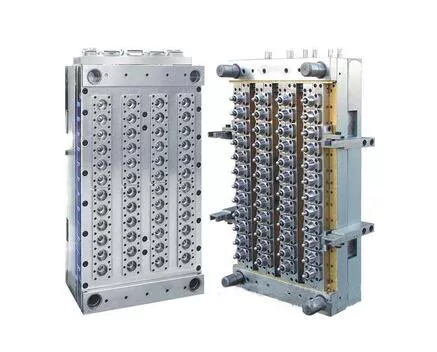
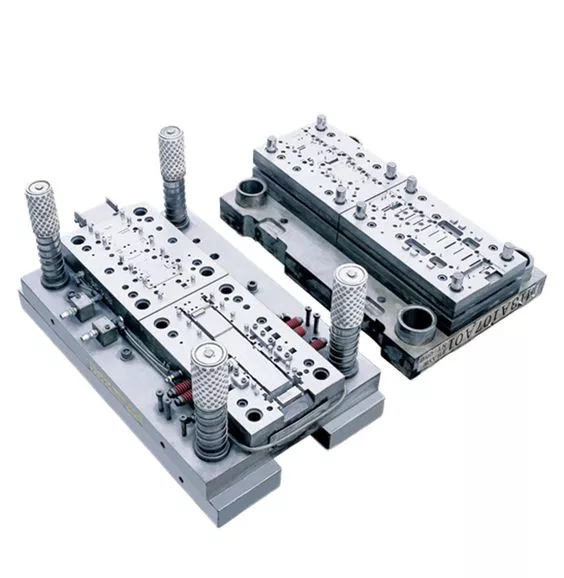
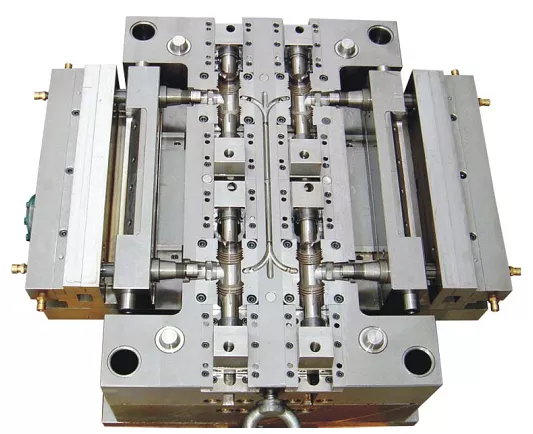
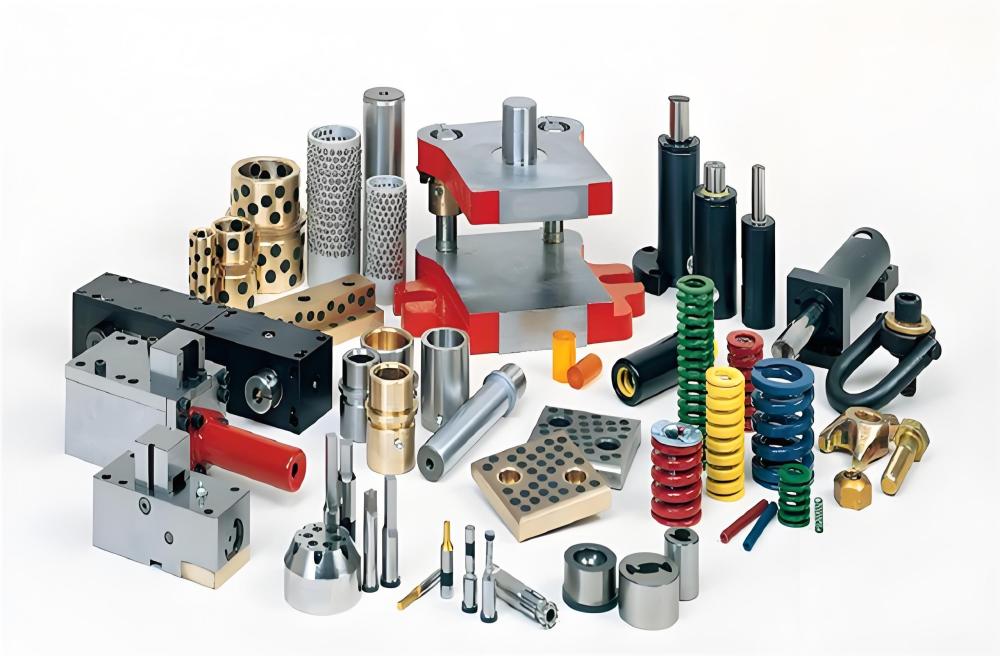
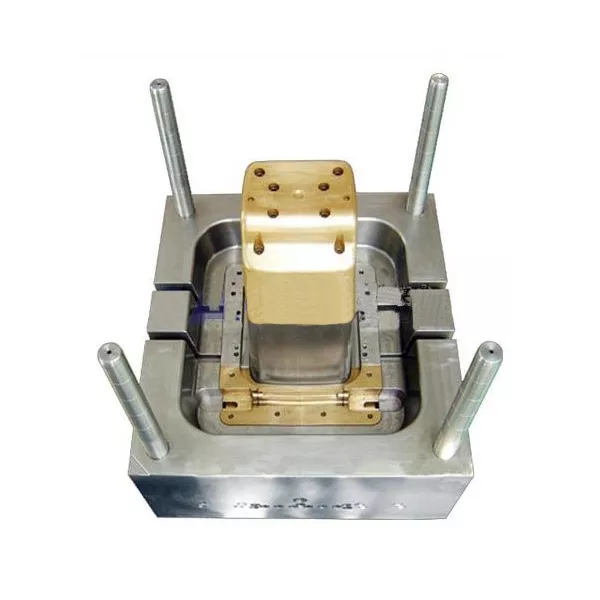
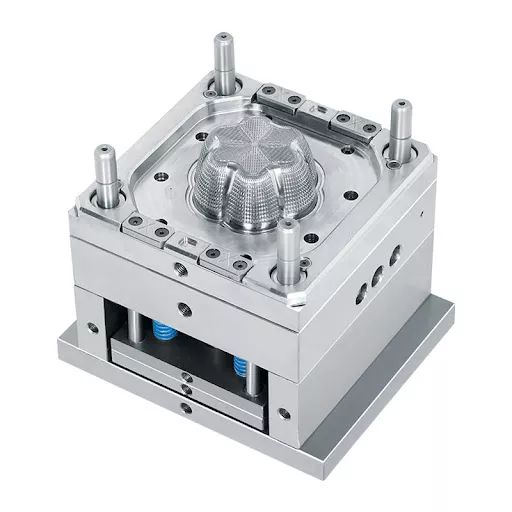
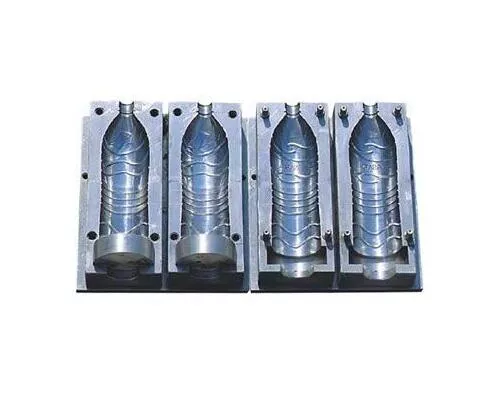
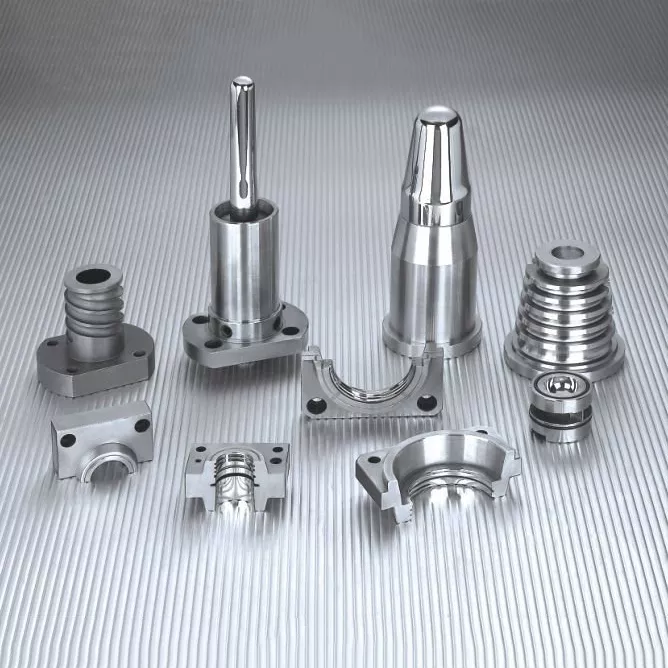
Send Your Inquiry Now